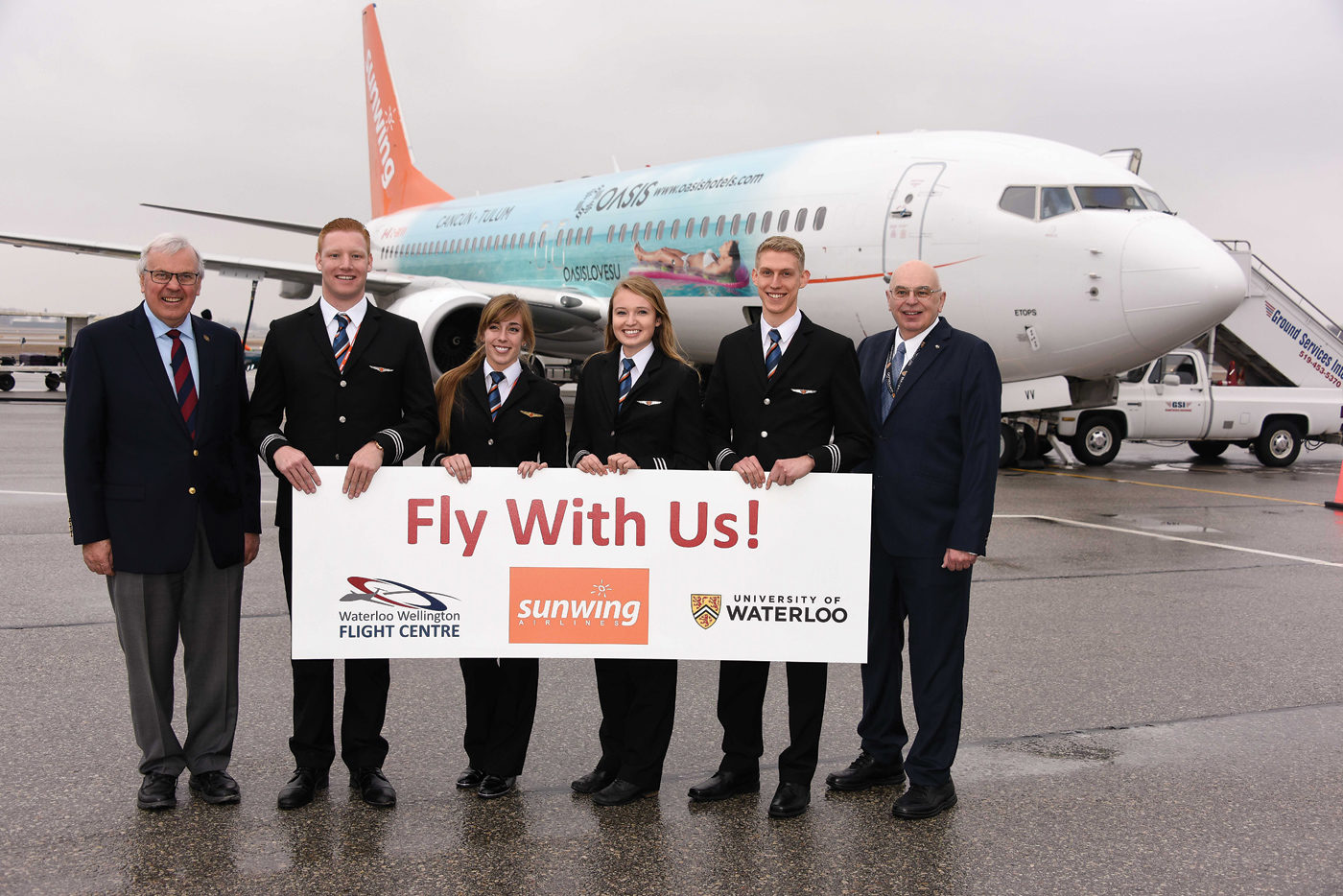Estimated reading time 15 minutes, 27 seconds.
It was foggy and unseasonably warm on Feb. 23, 2017, as a Sunwing Boeing 737-800 landed at the Region of Waterloo International Airport and taxied up to the terminal.

Inside the building, a large group of people was eagerly anticipating the plane’s arrival. On hand were representatives from the University of Waterloo (UW), Waterloo Wellington Flight Centre (WWFC), airport staff and members of the media–all there to celebrate four brand new Sunwing first officers who are among the first direct-entry cadets the leisure airline has ever hired.
As First Officer Chelsea Anne Edwards descended the airstairs to the wet tarmac, she was joined by three of her fellow graduates from the four-year aviation program offered by the University of Waterloo (UW) and Waterloo Wellington Flight Centre (WWFC). Founded in 2007, the program–which leads to an Honours Bachelor of Environmental Studies in Geography and Aviation or to an Honours Bachelor of Science in Science and Aviation–has produced six graduating classes whose members are now flying across the world.
It’s safe to say, however, that the class of 2016 represents a major milestone for the program. It’s the first time its graduates have been offered direct-entry co-pilot positions with Sunwing Airlines. Edwards–together with Cameron Fuchs, Spencer Leckie and Siobhan O’Hanlon, all aged 23–found themselves going from graduation to the right seat of a 737 in just one year.
Two of the new first officers, Edwards and Fuchs, told Skies that the transition from WWFC aircraft to the right seat of a Boeing 737 was akin to drinking from the proverbial fire hose.
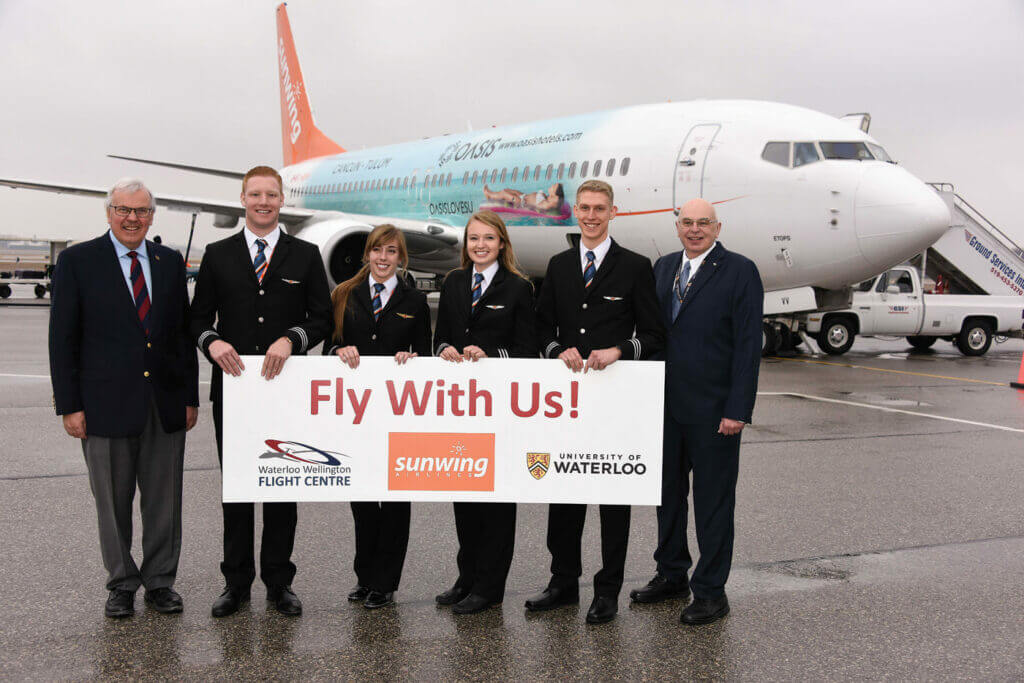
“It was busy, but we were well prepared from the Flight Centre and the training at Sunwing is first class. It all went well, but there were certainly challenges,” said Fuchs.
Edwards agreed. “It was the hardest thing I’ve ever done,” she said. “Still, when I get in the plane, I just can’t believe it. I never thought this would happen, never! I thought I’d be working in Yellowknife. It’s unreal. I love working here.”
New reality
To quote Bob Dylan, the times they are a-changing. No longer do aviation program grads face years of flight instructing or toiling in the Canadian bush before an airline will even consider them for a first officer position. In fact, Sunwing took on the four UW/WWFC graduates–plus two more from Seneca College–with most of them in the neighbourhood of 250 hours total flight time.
At the event on Feb. 23, the airline confirmed the program’s success and announced its plans to take on a new crop of cadets from both post-secondary programs beginning in July 2017.
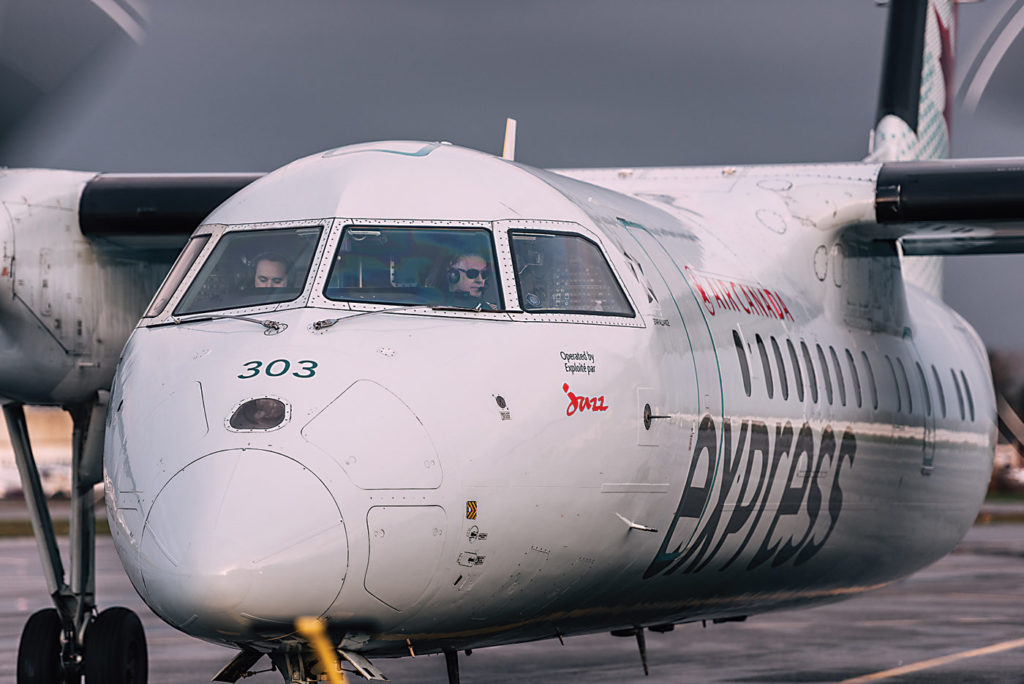
Partnerships between academia and industry are becoming increasingly common in the Canadian flight training landscape.
“Attracting high calibre graduates to join our flight team is essential to our growth and success as an airline,” said Capt John Hudson, Sunwing’s manager of standards. “We were extremely pleased with the performance of the cadets that graduated from the program this summer, and hired four of them as first officers upon completion of their studies. We expect to hire similar numbers of graduates next year.”
Hudson, who is a graduate of both UW and Seneca’s aviation program, said that over a year ago Sunwing noticed the experience level of its pilot pool was dropping. “We were brainstorming as to how we could invest in the future. We wanted to explore non-traditional ways of recruiting pilots and began initial exploration of a cadet program.”
While the UW and Seneca programs are structured very differently, Hudson said Sunwing deliberately chose to work with the two schools to keep all options on the table.
“We plan to open it up down the road to other schools. We want to make sure there’s an academic portion combined with a flying portion, and we want to work with existing programs that have a track record,” he explained.

He said Sunwing put the onus on the schools to become familiar with the airline’s unique seasonal operating model and present students who they felt would be the best fit.
“We fly into some fairly challenging airfields in the Caribbean, Mexico and Europe. This coming summer, we have a fairly large percentage of our fleet operating in Europe for about six months. People have to realize our pilots go overseas for part of the time. For a young, ambitious person those are attractive features; for some others, maybe not.”
Forging a path
One of the earliest pilot cadet programs was debuted by Jazz Aviation in 2007. Dubbed the Jazz Award, it offered interviews and simulator evaluations to top-ranking students at Canadian aviation colleges and universities.
“We saw there was an opportunity for Jazz to be involved with the aviation colleges across the country,” said Capt Cal Purves, director of flight operations at Jazz. “Most of the management pilots in our organization had that type of background and we saw a good opportunity to partner with schools that developed future professional pilots.”
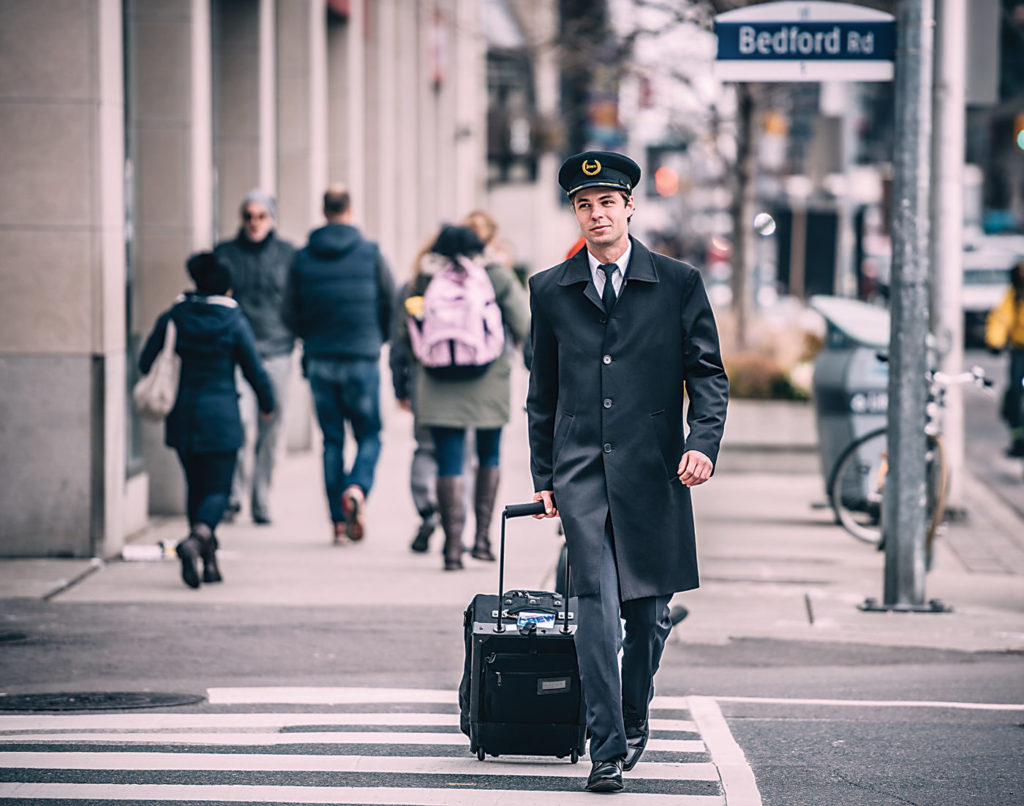
Today, the Jazz Award has been rebranded as the Jazz Aviation Pathways Program (Jazz APP) and expanded to include eight schools and three industry partners from across the country.
Purves said Jazz looks to partner with schools that share the airline’s vision of safety as a core value.
“They must have quality programs for training and oversight of the pilots,” he said. “We spend a lot of time, six to 10 months, working with a school to ensure their quality checks meet our expectations. And the fit for the school must also be good.”
The airline hired close to 25 pilots through the Jazz APP program in 2016, representing about eight per cent of last year’s total hires. Purves said they perform very well on the job.
“Because we’re partnering with these colleges at the grass roots level on training and industry best practices, the calibre of students coming out of the programs is very good. In fact, candidates that come out of a structured college or university program are generally very successful and adapt to our culture and operation quickly.”
In addition to schools, the Jazz APP currently has three industry partners: the Air Cadet League of Canada, Seneca College and Wasaya Airways.
Of the partnership with Air Cadets, Purves said Jazz aims to encourage aviation careers at the high school level.
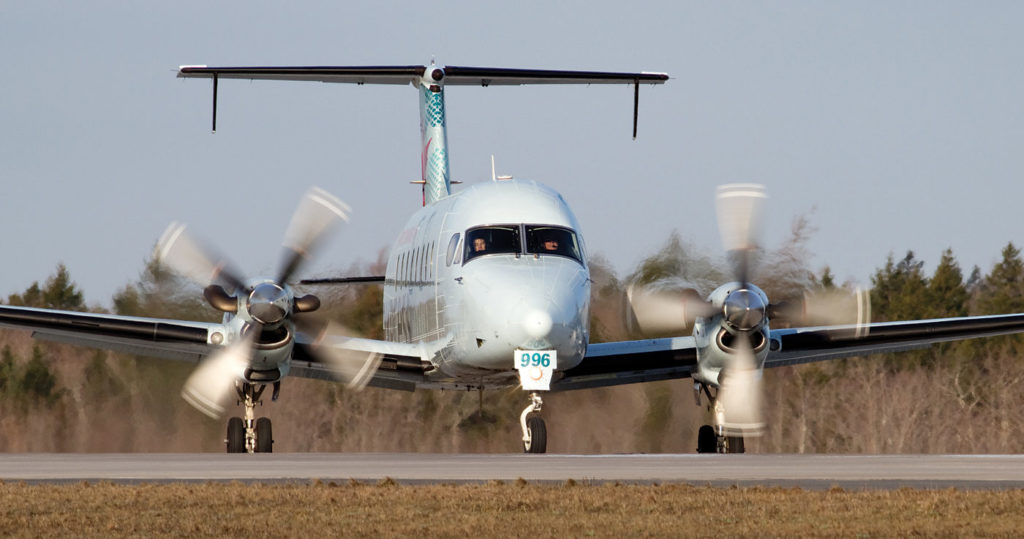
“One way to do that is to reach back to that Grade 10 age group and provide them with information to help them get started. Some of our pilots will go and make presentations to squadrons and we are also a sponsor of the powered flight programs.”
For Seneca grads who went on to become flight instructors at the college, the new Instructor Pathway program allows them a chance to land a job with the airline.
As for the partnership with Wasaya, Purves said Jazz has a long history of hiring pilots from the smaller operator “and there is a good successful relationship there.” In addition, the two operations have Air Line Pilots Association International (ALPA) unions, so they share a similar vision and structure.
A year after Jazz rolled out its first partnership initiative, Air Georgian began accepting Seneca College students into its mentorship program in 2008.
“Over the years, we have hired many graduates from the Seneca program,” reported Capt Andre Daryanani, chief pilot on the Beech B1900D at Air Georgian and a Seneca College aviation program alumnus.
“Through the years, some of our managers in key positions throughout our operation have been Seneca grads; we are very familiar with the program. In 2008, it became apparent that we would be faced with far fewer available pilots coming into the industry. To better prepare ourselves and to take a proactive stance, we visited Seneca. We looked at their program and their documentation. We discovered the high quality of pilots being trained were a direct result of a strong, well rounded and robust program.”
Air Georgian, which currently employs 225 pilots for its fleet of Beech 1900D and CRJ 100/200 aircraft, has hired about 25 grads–most from Seneca–since the beginning of its mentorship program. Over the years, they’ve also hired students from Sault College, Ottawa Aviation, Mount Royal and BCIT.
“Seneca begins by contacting us and forwarding resumes of graduates that stand out, those whom they strongly recommend,” explained Daryanani. “We want to take their highest performers from the program and bring them onto our Beech 1900D as first officers with as little as 250 hours of flying time.”
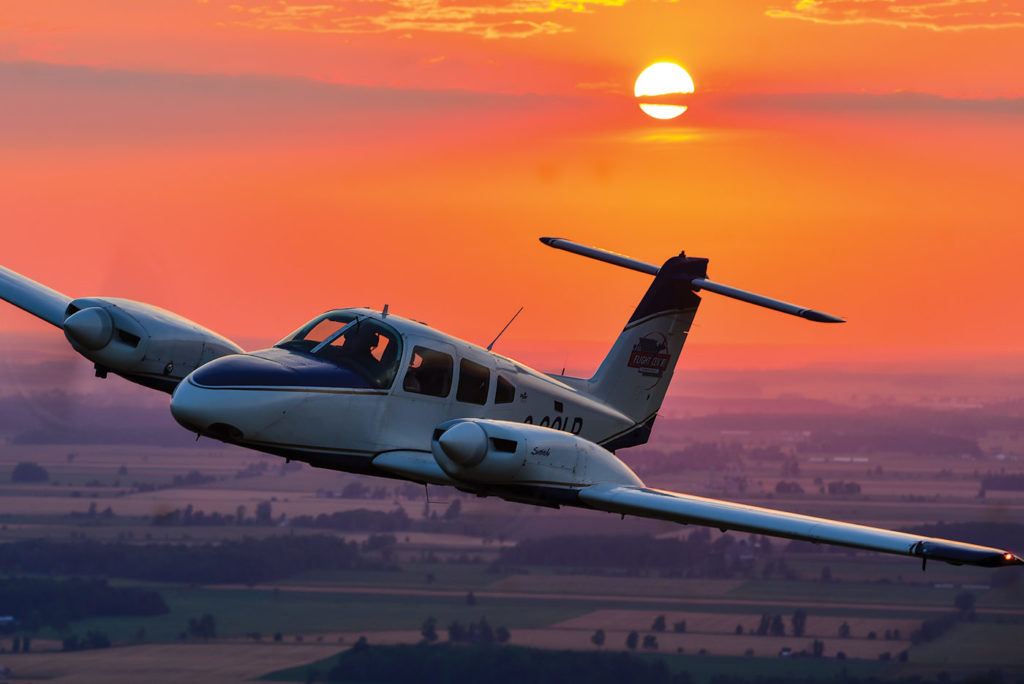
The new recruits are given the same training as other candidates. However, to counter the lack of experience and ensure a high level of safety, there are additional training requirements. For example, they must complete 60 hours of line indoctrination training versus 40 hours for a “normal” hire with 1,500 hours of experience.
“Through the years we have become more and more experienced with transitioning these young pilots and moulding them into fine airline first officers,” said Daryanani. “Even though we have proven time and time again that these pilots pose no additional risk we are continuously evaluating and adapting to mitigate any new risks that may arise. The risks one would normally expect to see are greatly reduced due to their high level of performance.”
He said the graduates typically perform well above standard through first officer training, including groundschool, simulator and line indoctrination. The same level of commitment is evident when they progress to captain.
“Some as young as 23 and 24 years old are sitting in command of a multi-crew aircraft for the first time,” said Daryanani. “Understandably, this great responsibility is usually accompanied with more questions. To counter the higher level of risk, we manage and coach them more closely during the first few months after their promotion. We have yet to see this cause a safety issue or have an impact on our operational performance.”
As for whether or not a Canadian pilot shortage is a reality, Daryanani said it depends where you rank in the operator pecking order.
“There are continuous reports of a looming pilot shortage. But in reality, it depends on the operator. I don’t necessarily think the major airline carriers are seeing a shortage. But as we progress down to the regional and smaller carriers, this shortage becomes more apparent.”
Air Georgian recently hired several direct-entry captains for the CRJs it operates for Air Canada Express. Chief operating officer Julie Mailhot said finding them wasn’t easy. “With 14 CRJs and three spares, we didn’t have enough upgradeable first officers. We needed five captains per aircraft.”
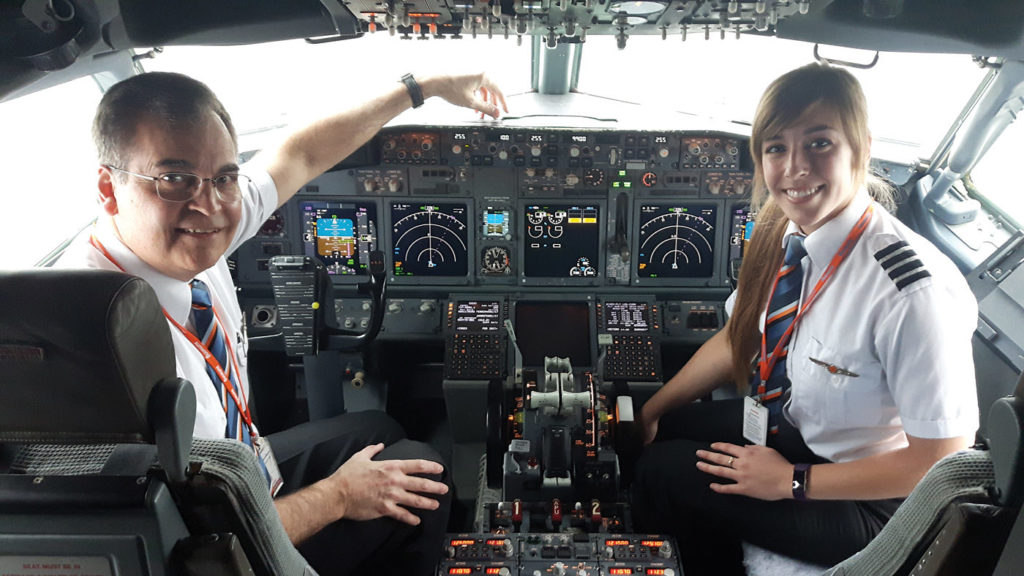
She said that from Air Georgian’s perspective, there is certainly the potential for a serious pilot shortage. That’s why it’s so important to have established, collaborative relationships with schools that value industry feedback on how they can develop better pilots.
“Partnering with schools that have quality programs is a fruitful and valuable commitment. Industry needs to put in the time or we’re going to have a real problem,” concluded Mailhot.
Sign of the times
Lynne McMullen, director of business development at Seneca’s School of Aviation, told Skies that these partnerships are a sign of things to come.
She said the well-known aviation program recognized in 2001 that the industry was beginning to prefer pilot candidates with a post-secondary degree. It transformed its former three-year advanced flight training program to a degree program, developing a jet transition course along the way.
In cooperation with Jazz Aviation, the college launched the Jazz/Seneca Cadet Program which is exclusive to Seneca grads. In 2012, a more focused direct entry program was developed, with the first cadets joining Jazz in 2013.
“We brought in active industry pilots, a Frasca CRJ200 sim, and offered industry-level training,” she said. “In the school of aviation, we have a strong safety department and SMS program and over the last few years we’ve also developed a separate quality assurance program.”
In partnership with Frasca, Seneca developed fixed-base simulation devices that meet the training needs outlined by industry. “Four partner companies reviewed the simulator curriculum just last week,” McMullen said in a recent interview. “The goal is to make our students industry ready.”
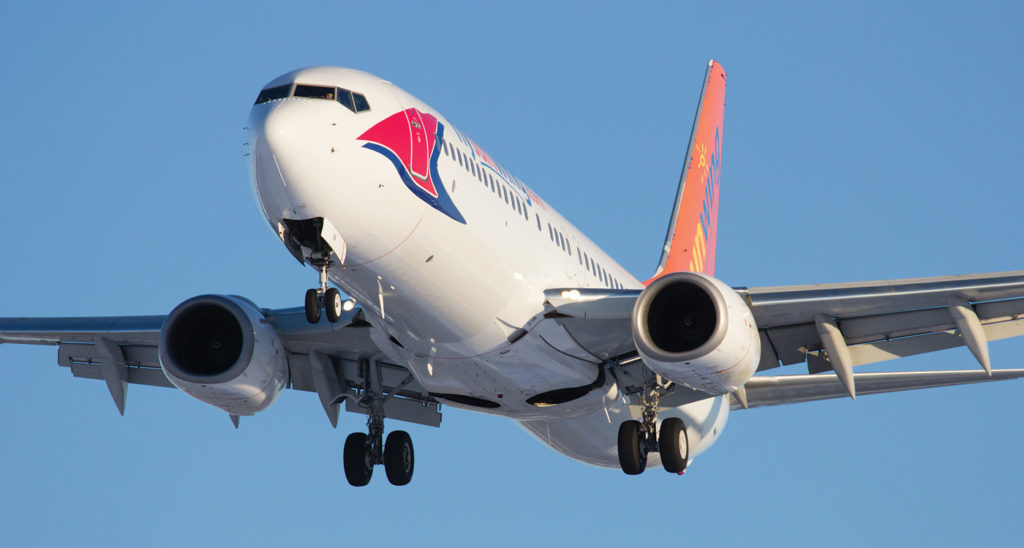
The Seneca program is accredited by the Aviation Accreditation Board International (AABI), a factor which McMullen said is vital to the school’s efforts to foster continuous improvement.
She said Jazz has broken the ice by establishing an industry partnership with Wasaya Airways. “We’ve said this needs to happen for a long time, where we create pathways where you find your way through another tier airline and get some experience,” said McMullen, adding that historically there has been a “strong connection” between Seneca grads and northern airlines.
McMullen agrees with Air Georgian’s Daryanani that smaller carriers are starting to feel the ripple effects of a pilot shortage.
“I think it’s coming. There’s a large retirement coming from Air Canada and it will start soon,” she commented. “Everyone seems to be saying we’re on the cusp of a shortage finding its way up to the larger carriers.”
That makes industry partnerships and program advisory committees even more important, ensuring that aviation schools are in tune with “real world” operations and turning out graduates with relevant skills.
“Ultimately, what will happen is greater collaboration through the industry,” said McMullen. “Schools are moving to partner with industry to move students along on a defined career path and they will choose the program with the pathway option that’s right for them, depending on their ultimate goal.”
Lisa Gordon is editor-in-chief of Skies magazine. Prior to joining MHM Publishing in 2011, Lisa worked in association publishing for more than a decade, overseeing the production of customcrafted trade magazines. Lisa is a graduate of the Ryerson University Journalism program.
